Build Quality
As we already know the Antec Neo ECO Gold ZEN 700W features a single 120mm fan design like many other offerings on the market that has come to be the preferred standard for quiet cooling environments due to the ability to move a larger volume of air at slower speeds than a smaller diameter fan. While great for quiet computing environments the key criteria in our evaluation is whether or not the cooling solution is sufficient, not necessarily its sound level or form factor.
External Build Quality
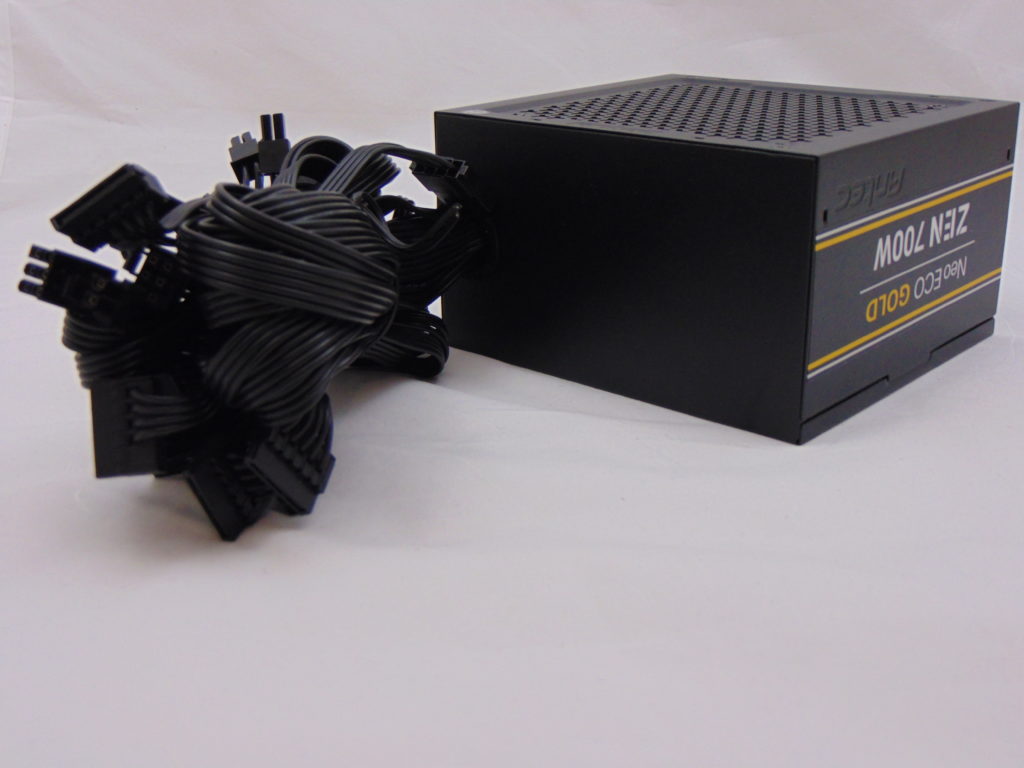
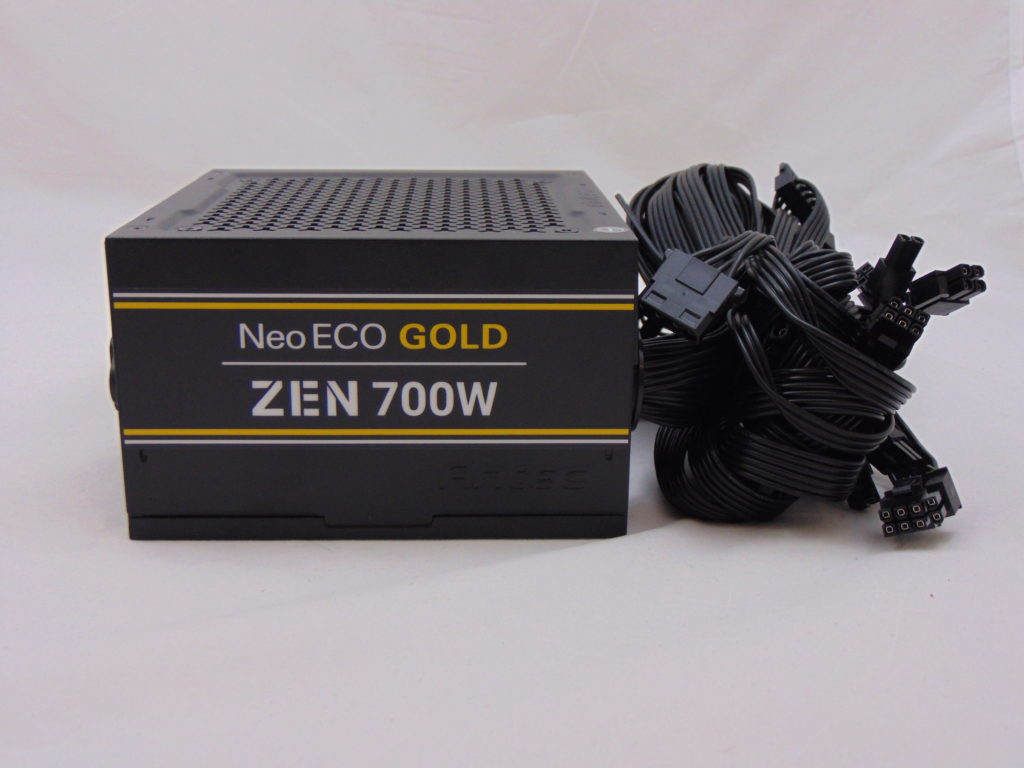
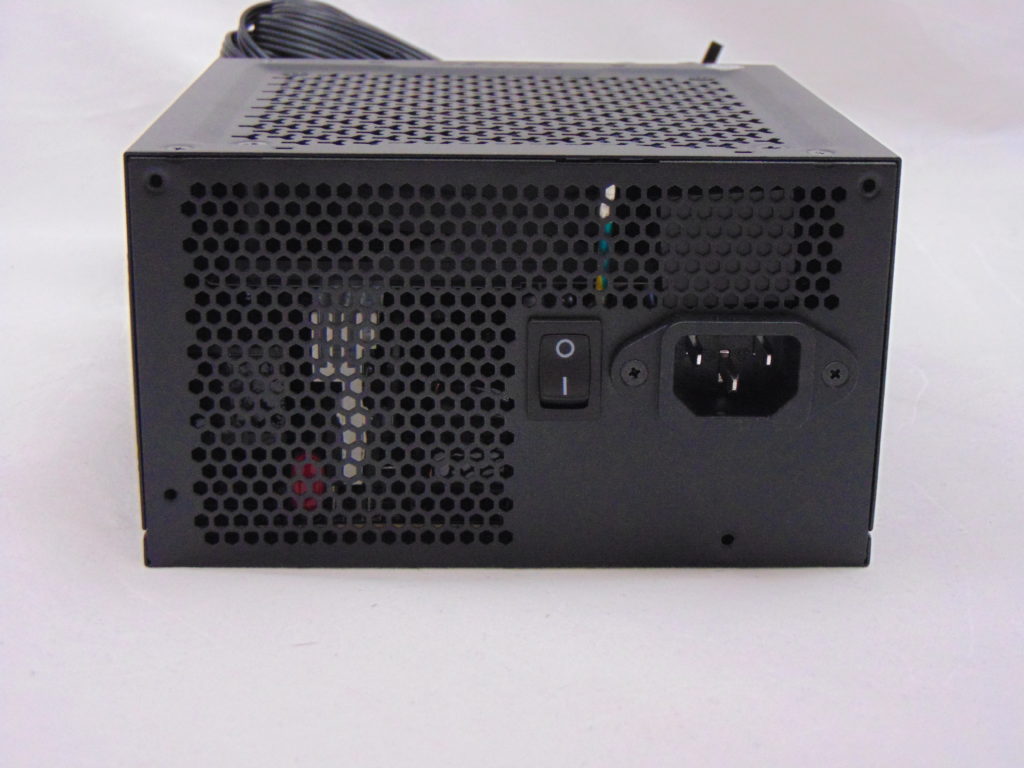


The exterior of the Antec Neo ECO Gold ZEN 700W has a rather basic design going for it today. The layout is traditional for a fixed cabled unit with an overhead fan in the ATX12v/EPS form factor. Cosmetically, the unit carries the Neo ECO Gold ZEN 700W branding on a sticker on the side of the housing with the Antec name embossed in the housing itself. The fan grill on the top of the unit has an interesting perforation pattern and it is the closest thing that this unit has to a “wow” factor today. Rounding things out, the unit has a durable black finish that is slightly textured.

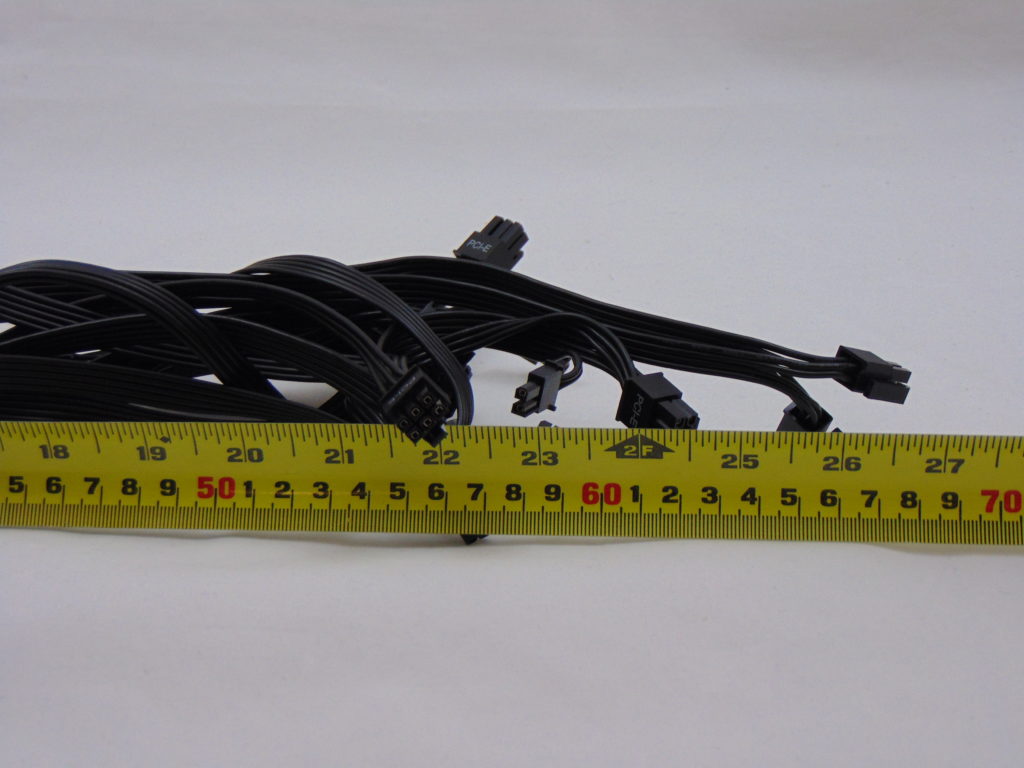
The Neo ECO Gold ZEN 700W comes in at a total length of ~5 1/2 inches while the cables come in at a length of ~21″ to 26″ to the first or only connector. Additionally, the cables are all the FlexForce style cables which is excellent.
Internal Build Quality
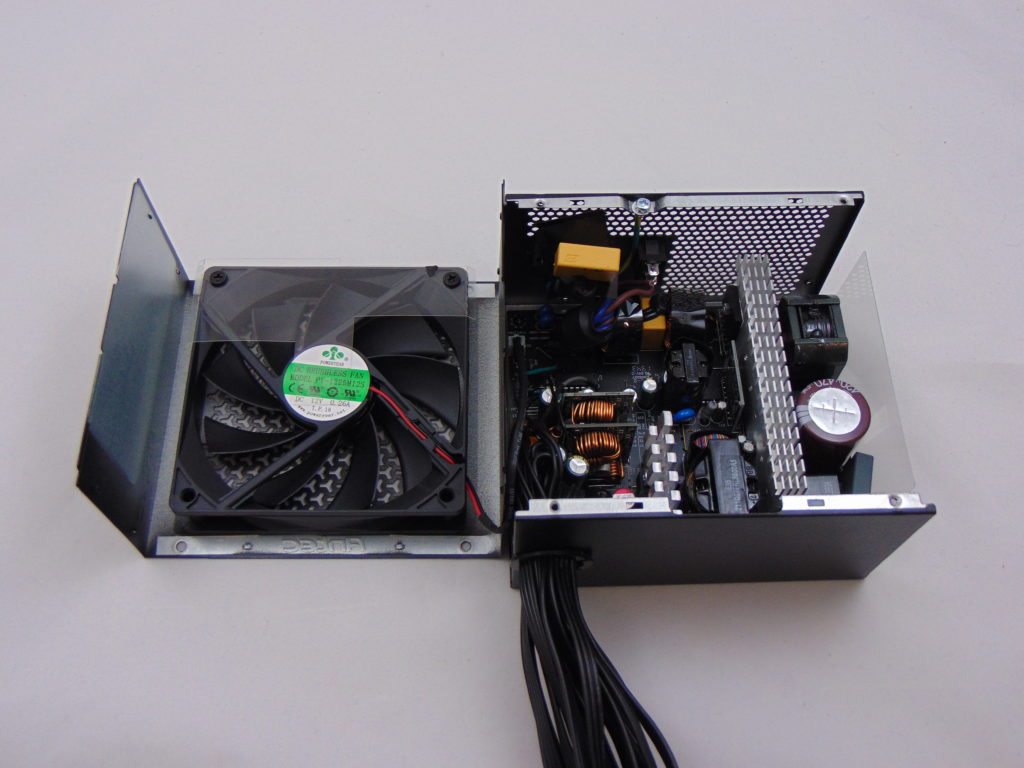

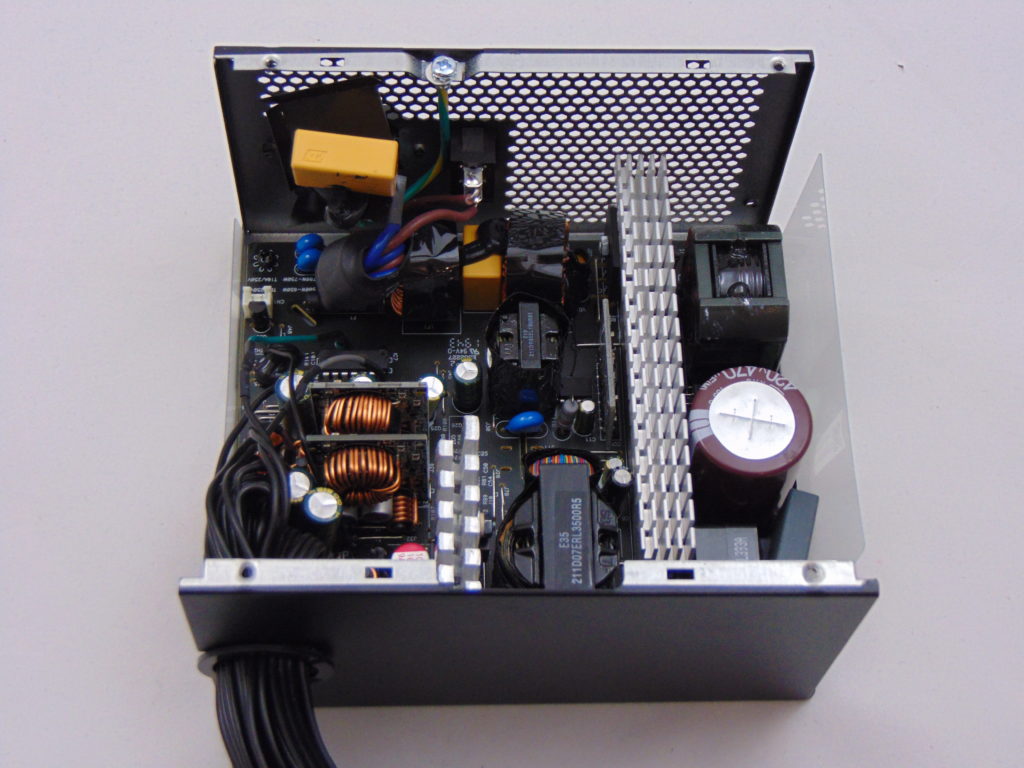
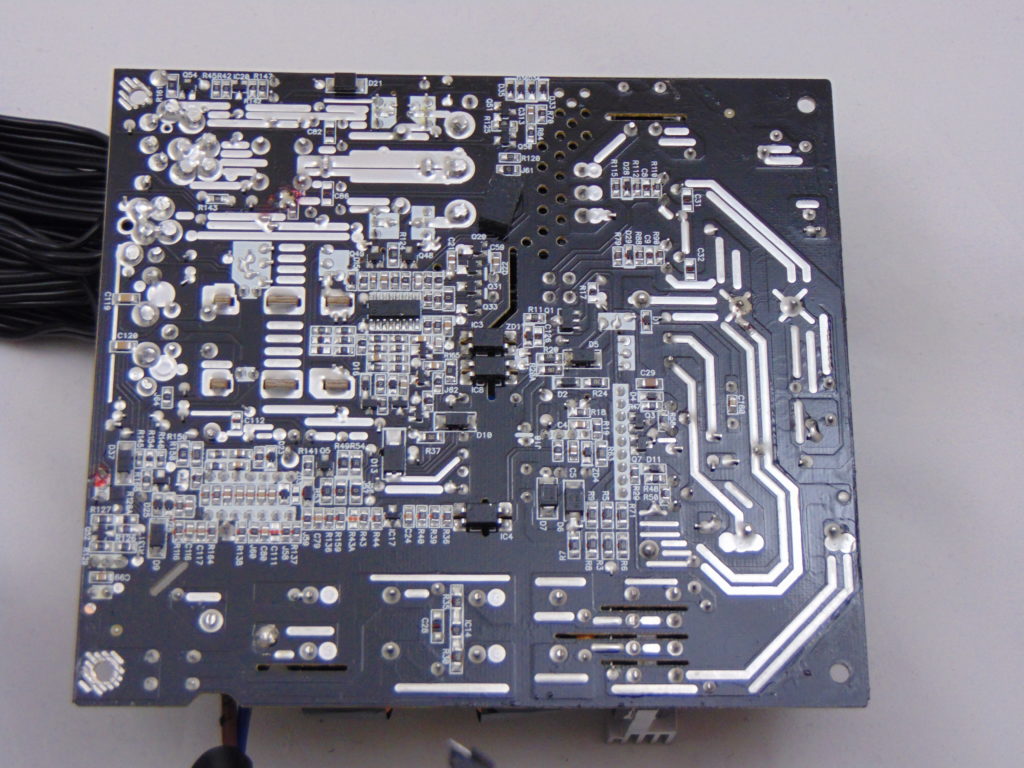
Once we open the top of the Neo ECO Gold ZEN 700W we see a fairly sparse Andyson platform that we have not seen before. The topology features a half-bridge LLC resonant primary and DC-DC VRM’s for the minor rails. The fan cooling this unit today is a sleeve bearing fan from PowerYear rated at 0.26A at 12v. It is paired with one large heatsink and one small heatsink. Lastly, the soldering is very nice on the primary side and a bit less so on the secondary side of this single layer PCB.
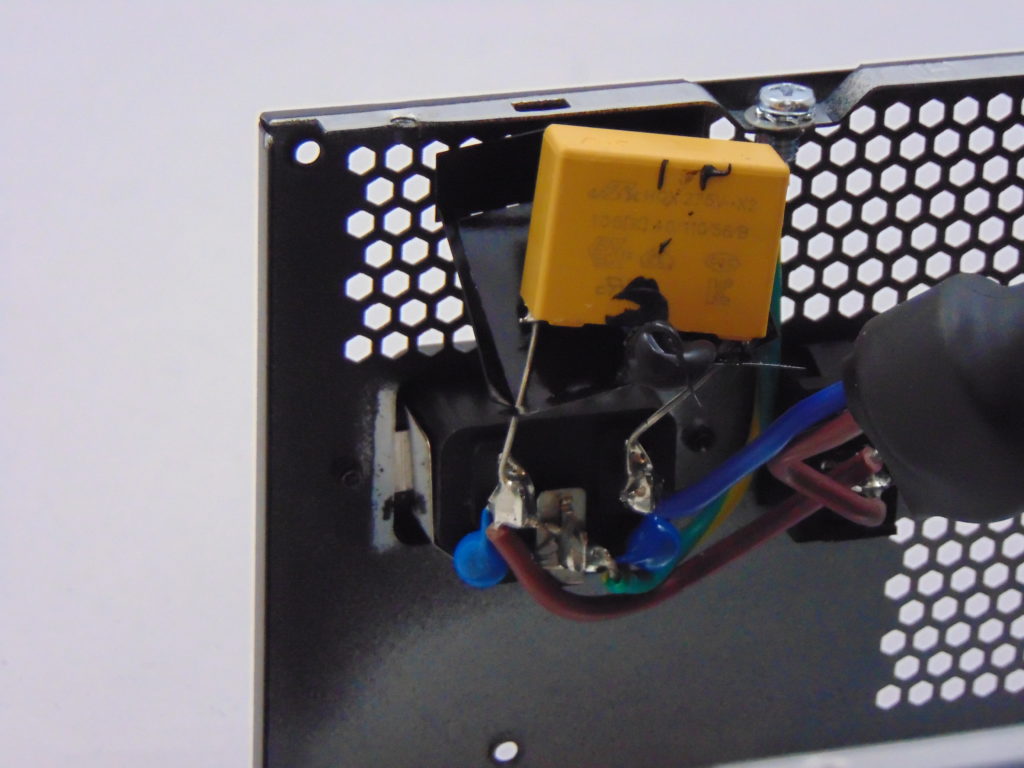
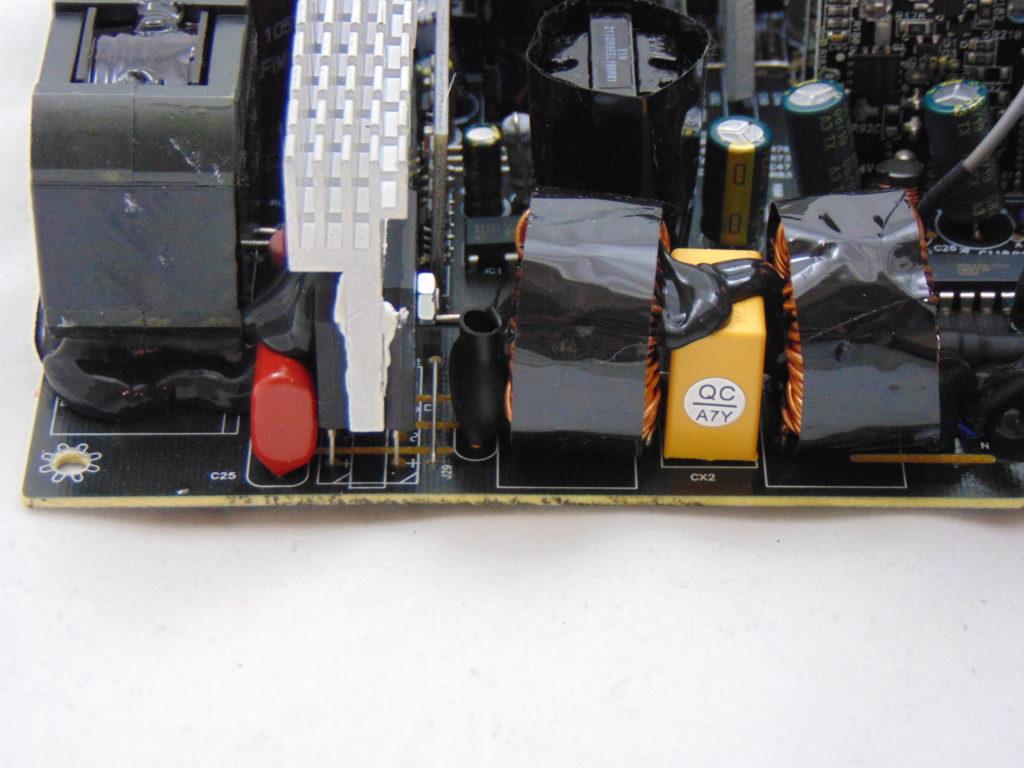
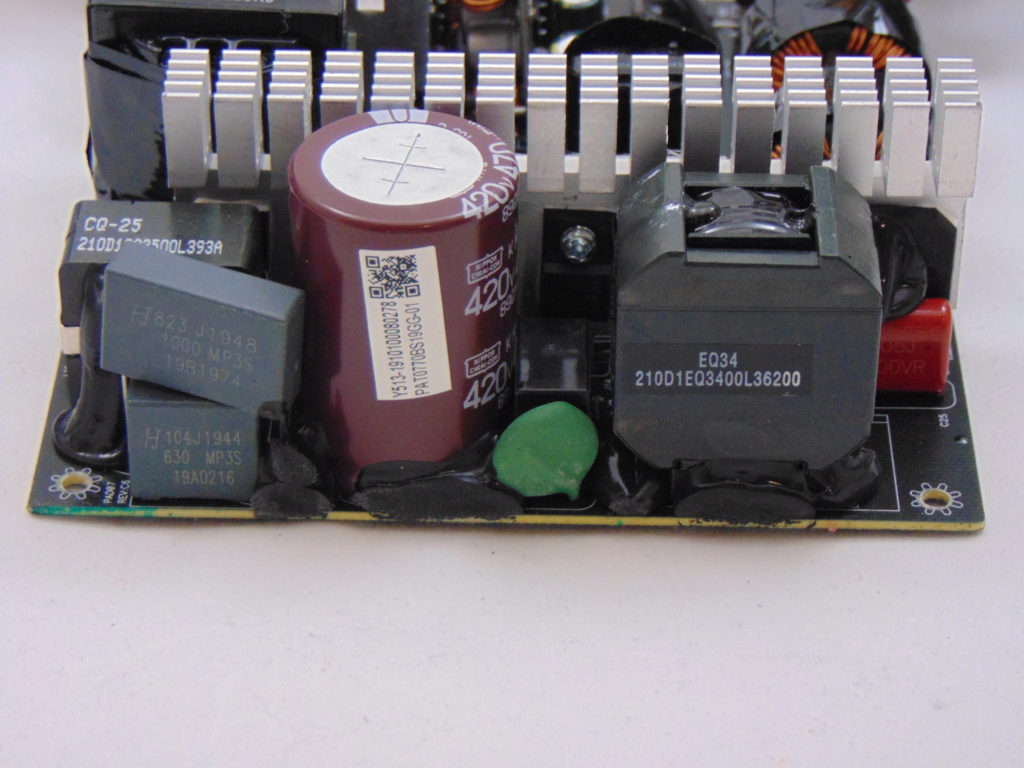
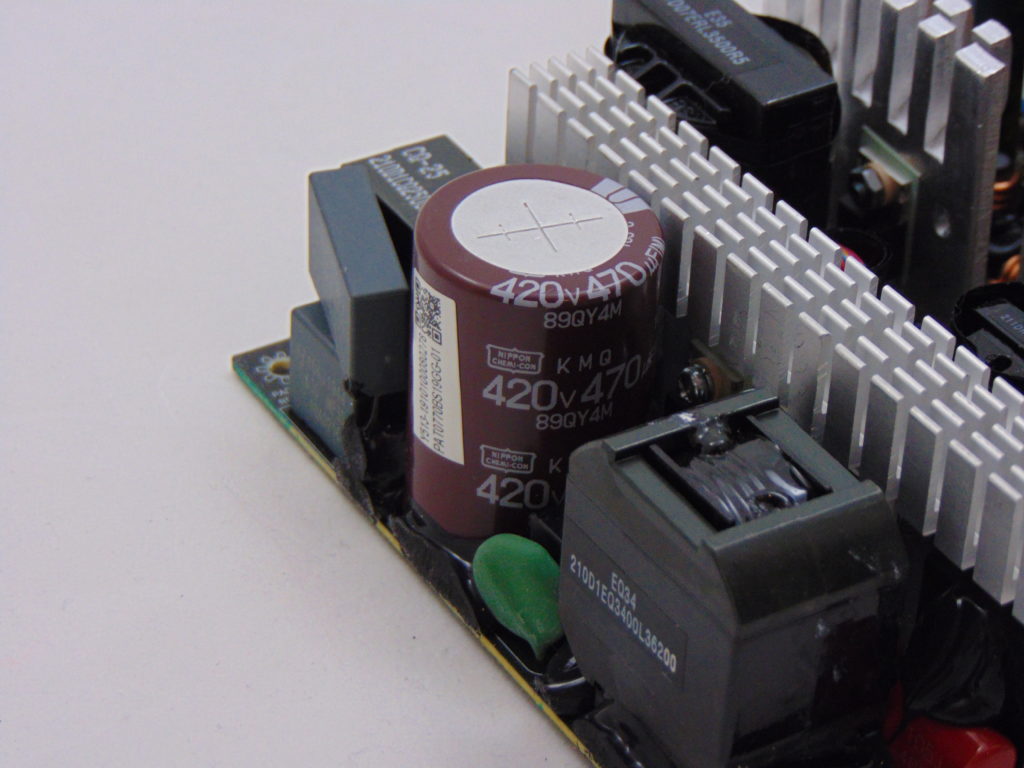
The Neo ECO Gold ZEN 700W input filtering begins up on the housing itself where we find some X capacitors and Y capacitors. The balance of the input filtering is found on the back edge of the main PCB. Next up is the bridge rectifier attached to the large heatsink housing the APFC and other primary side power components. This is followed by the APFC coil and main input capacitor. Speaking of this capacitor it is provided by Nippon Chemi-con with a rating of 420v 470uF 105C.

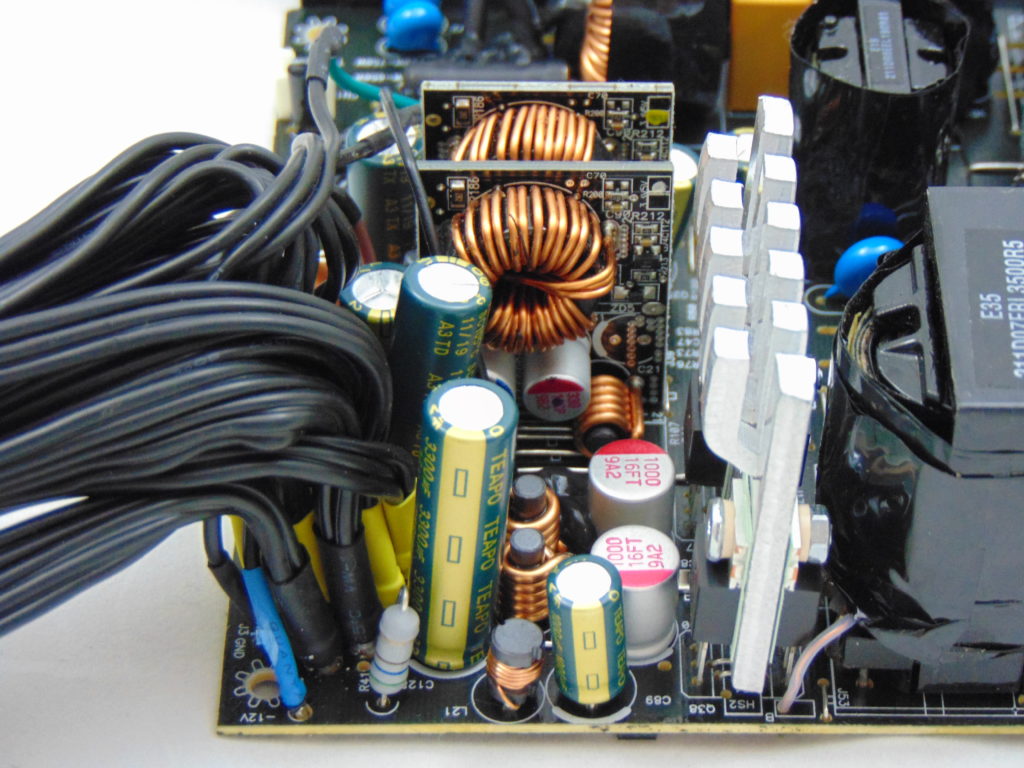
The secondary side of this unit looks a bit crowded and a bit sparse at the same time. Crowded because this unit is a fully wired model and there are lots of leads. Sparse because the secondary side filtering has so few components to it. Between the transformers and the DC-DC VRM PCBs, we find a small heatsink for cooling the 12v MOSFETs. Next to this, we find the DC-DC VRMs housed on their own PCBs (populated with Teapo capacitors). Around these PCB’s, we find a few standard and solid electrolytics provided by Teapo.
Build Quality Summary
Today’s Neo ECO Gold ZEN 700W is the first power supply we have seen from Antec and it starts things off on a bit of a subdued note. Overall, the build quality looks decent and the topology is modern. The exterior is nice enough without being truly striking. The cables on this fixed wire unit are all FlexForce style cables. The integration seems to be well done and the component selection is on the value end of the spectrum. This is largely due to the Teapo solid and standard electrolytics as well as a sleeve bearing fan used in this system. All in all, the Neo ECO Gold ZEN 700W looks like a decent mainstream unit, but will the component selections hold it back when we get to the load testing portion of today’s review. Let’s move on now to the load tests and see how this unit performs!
